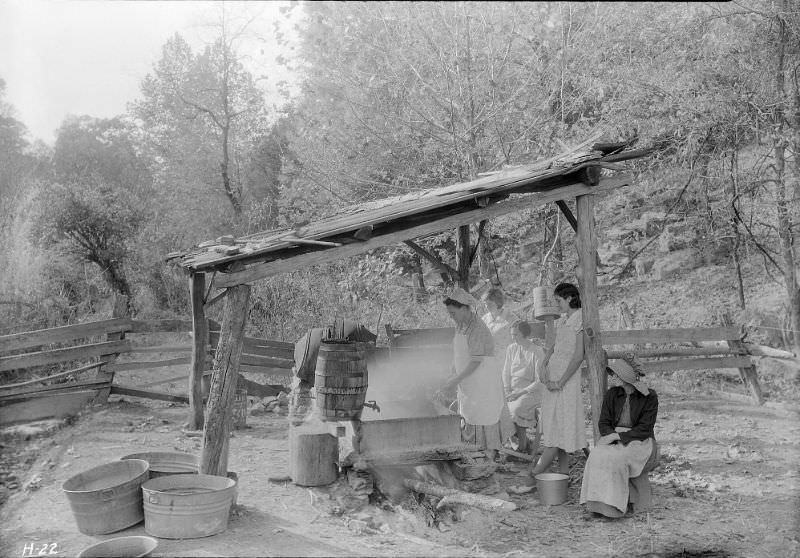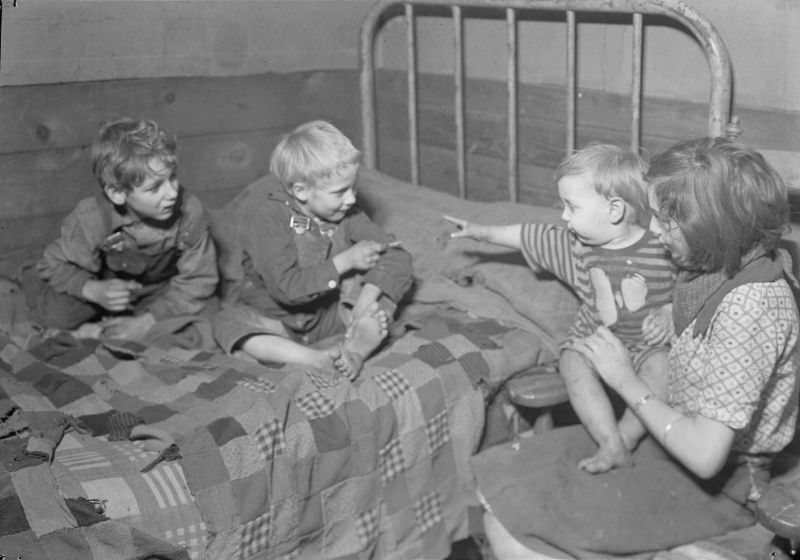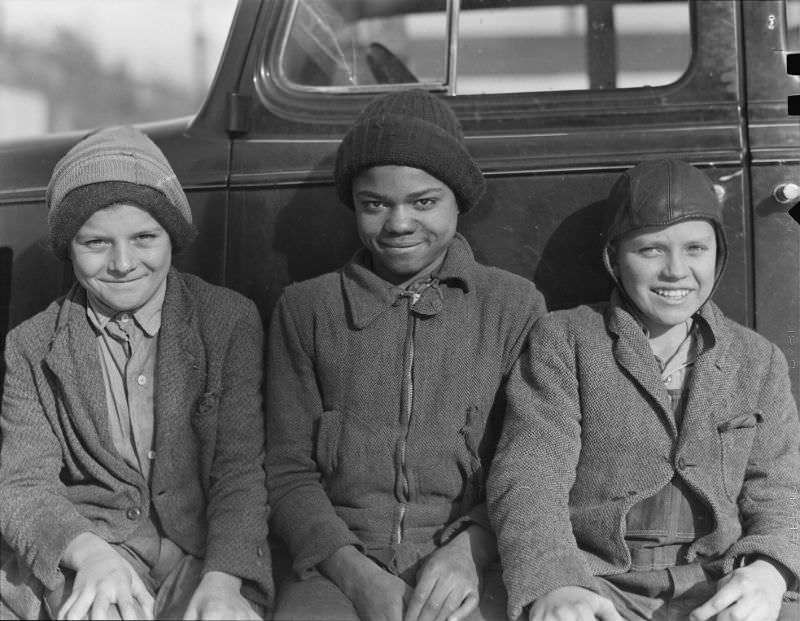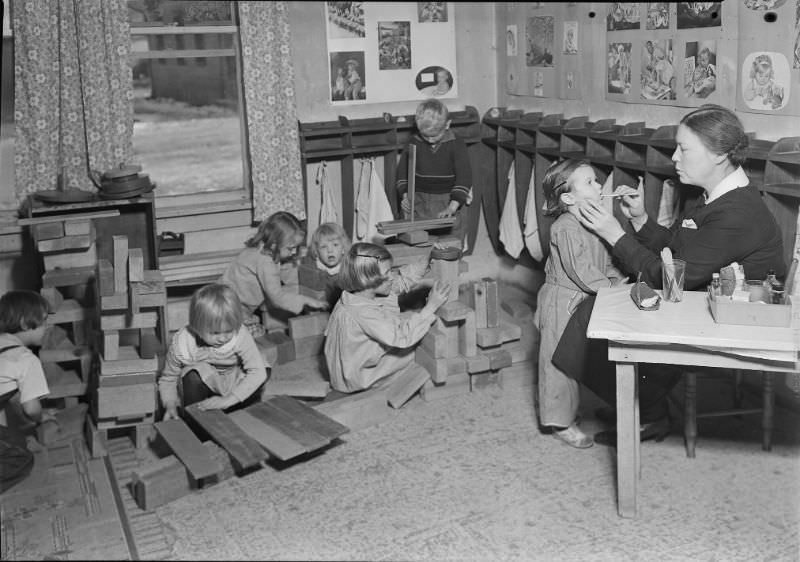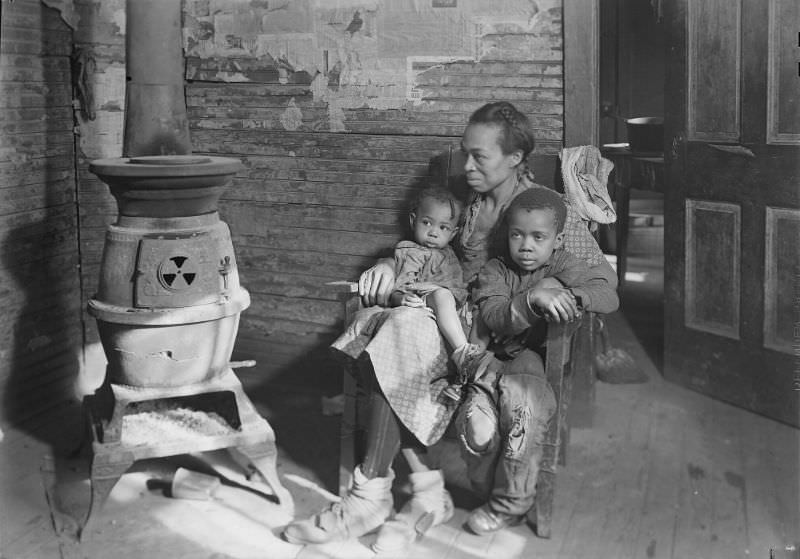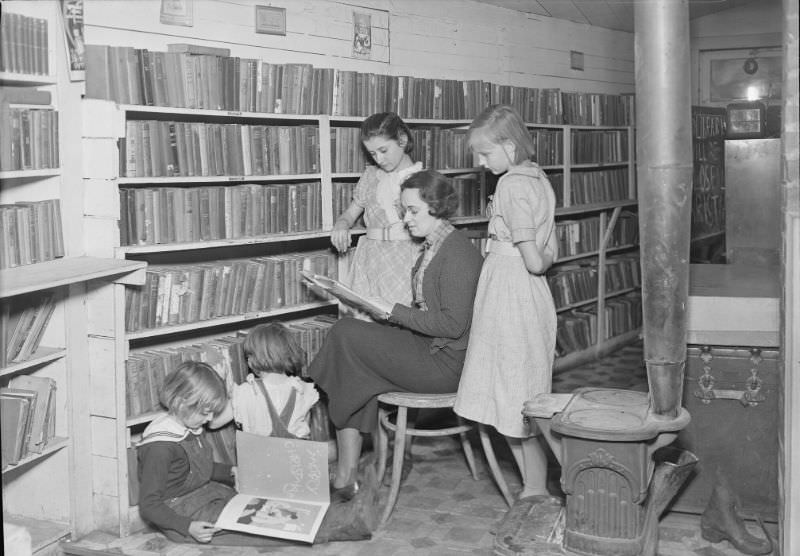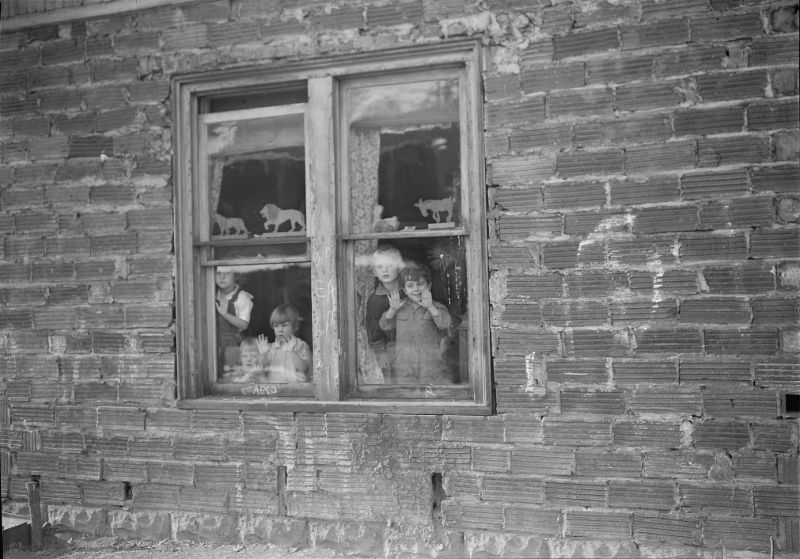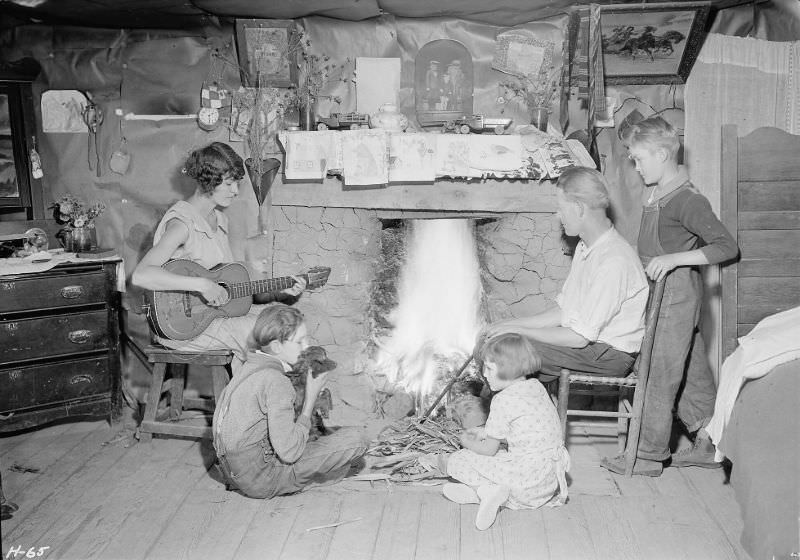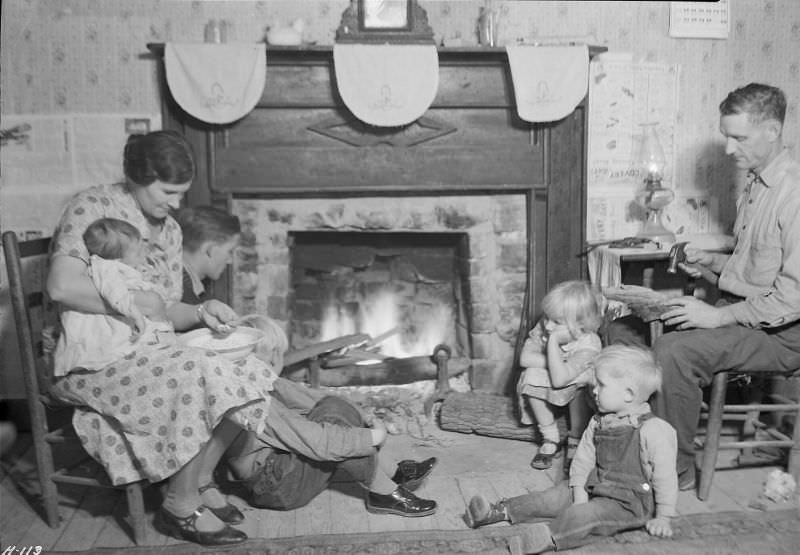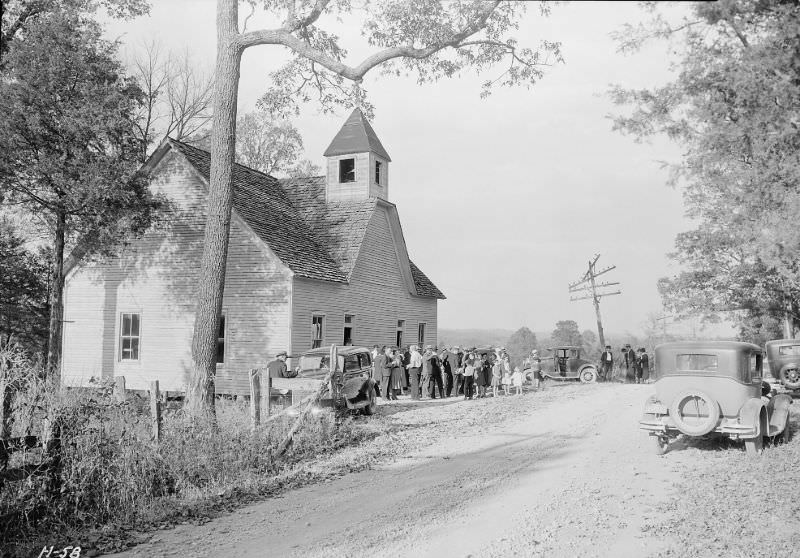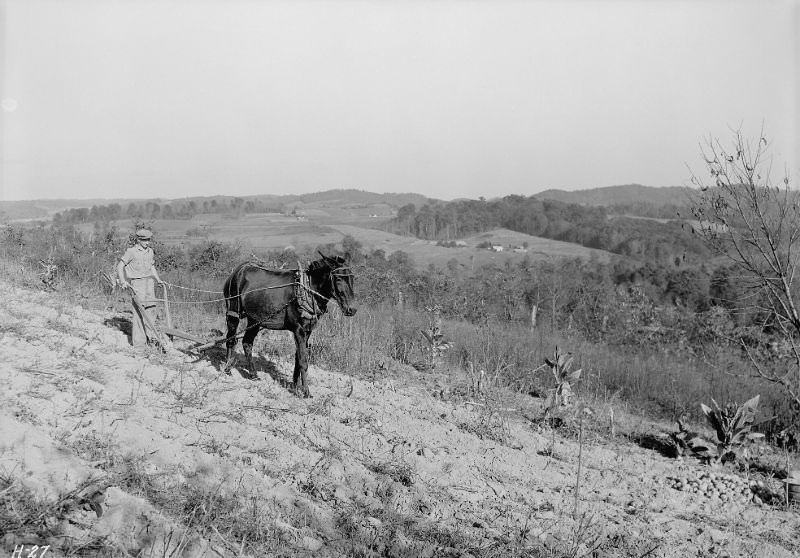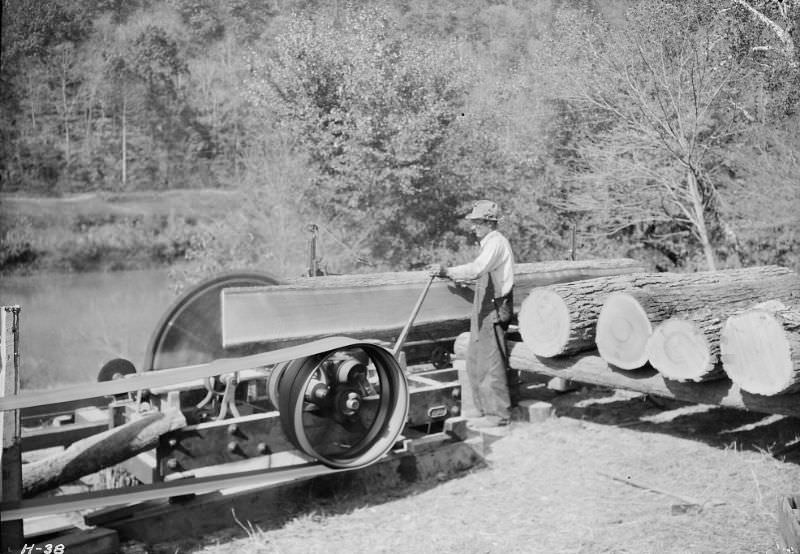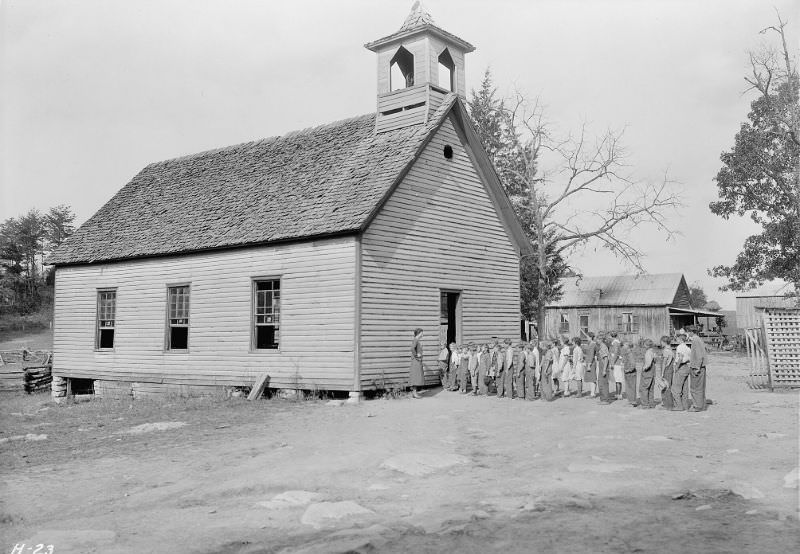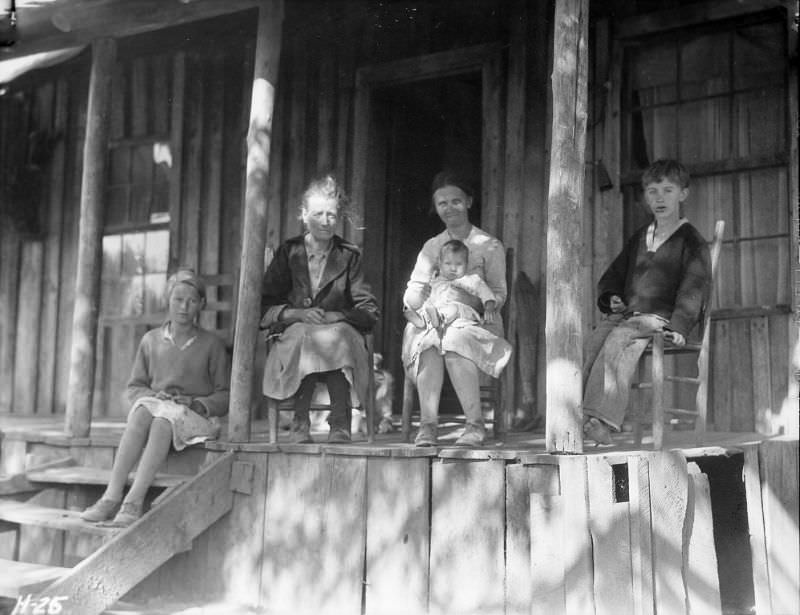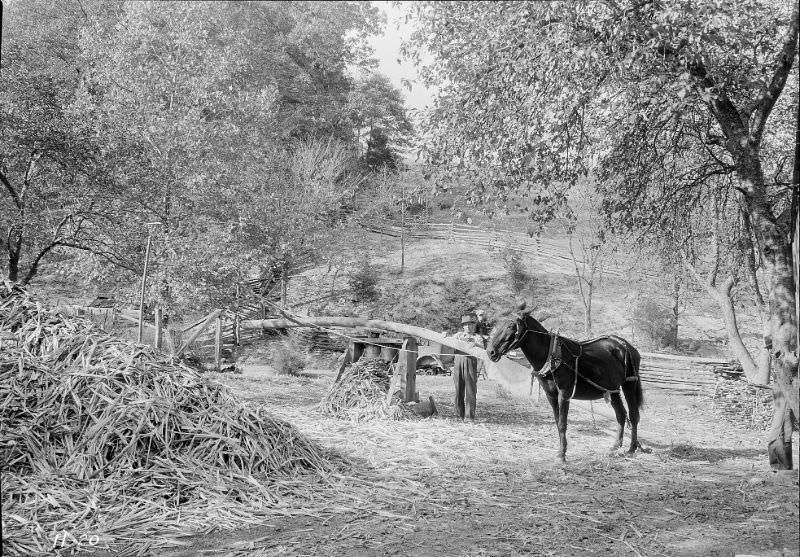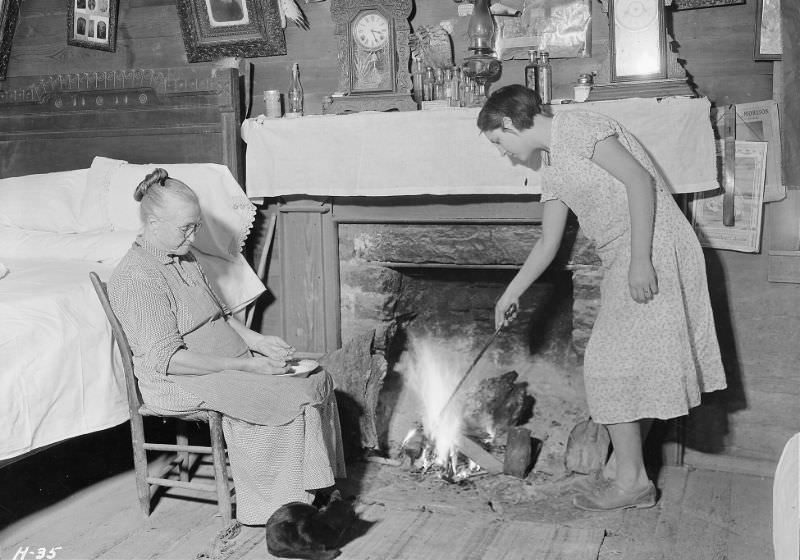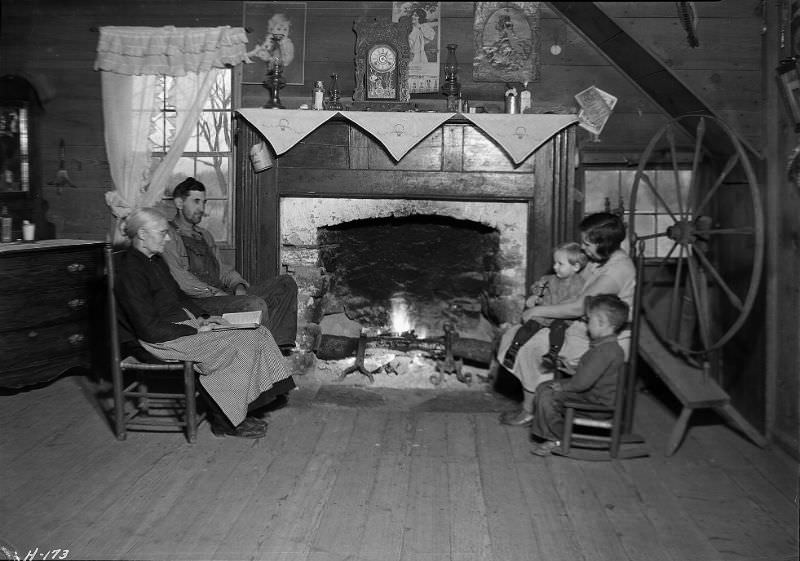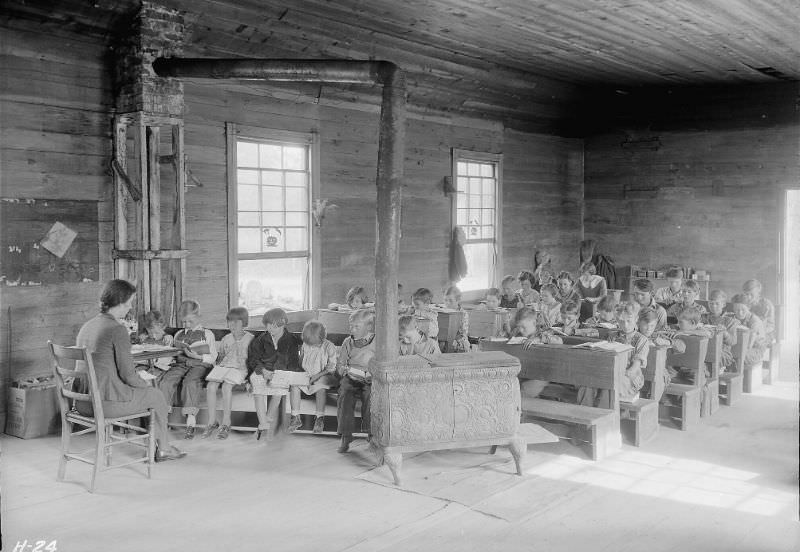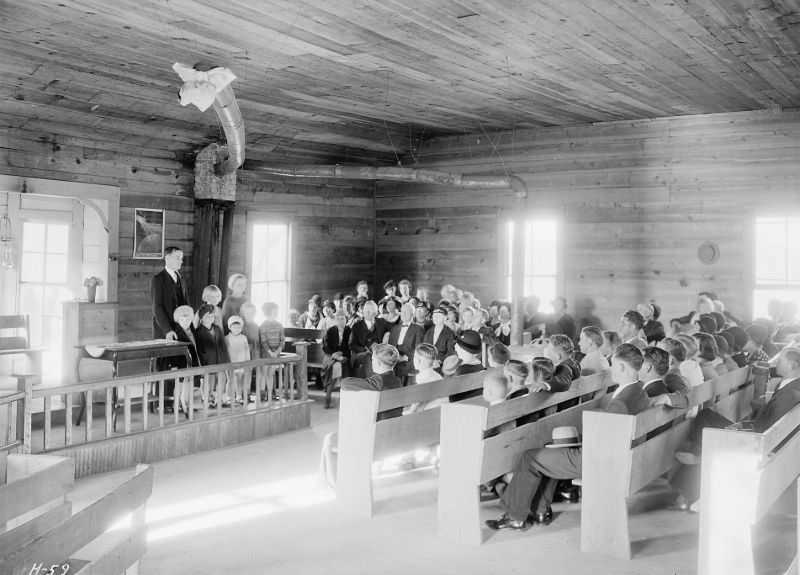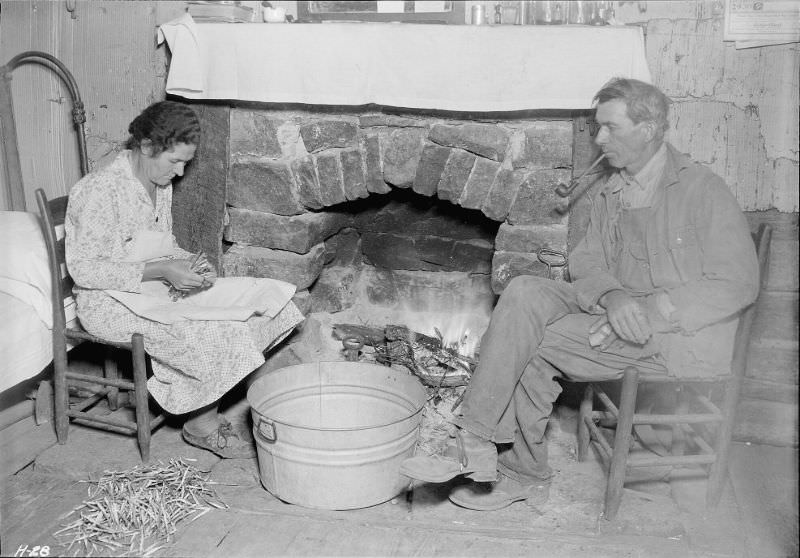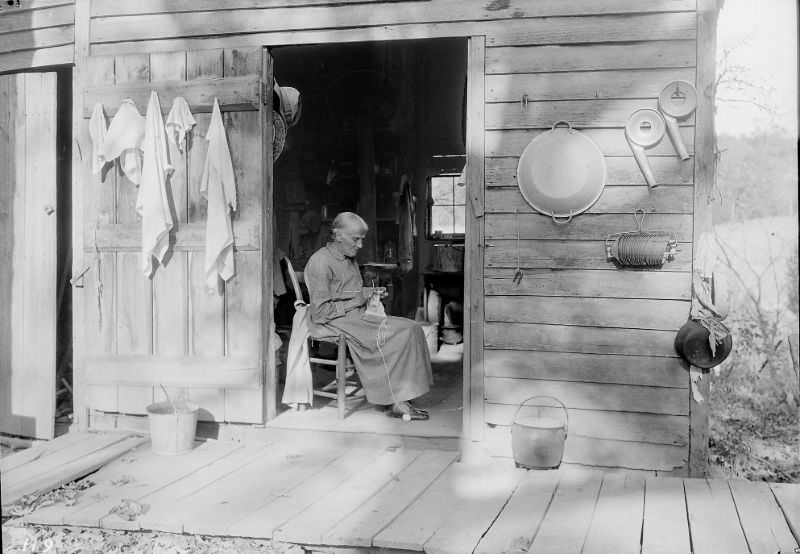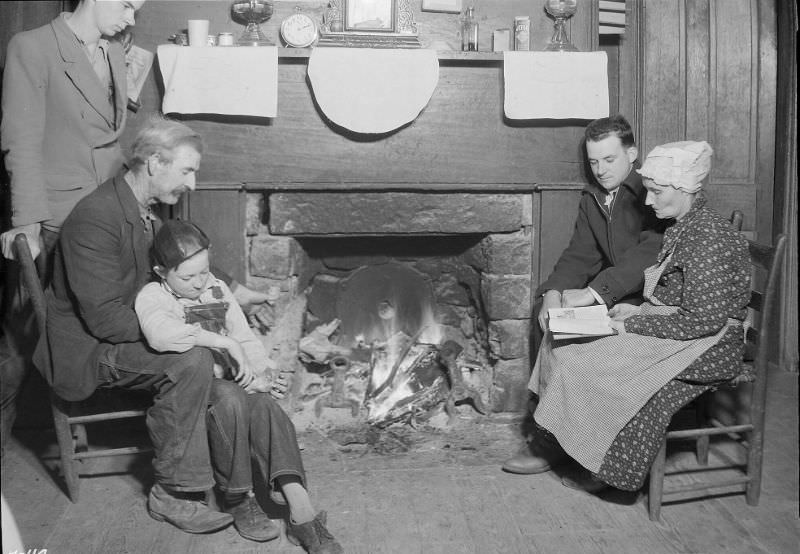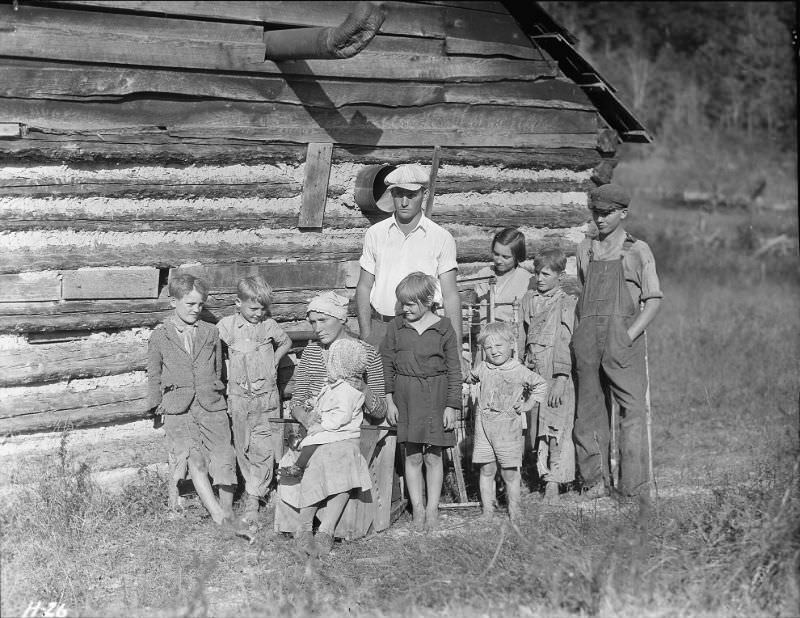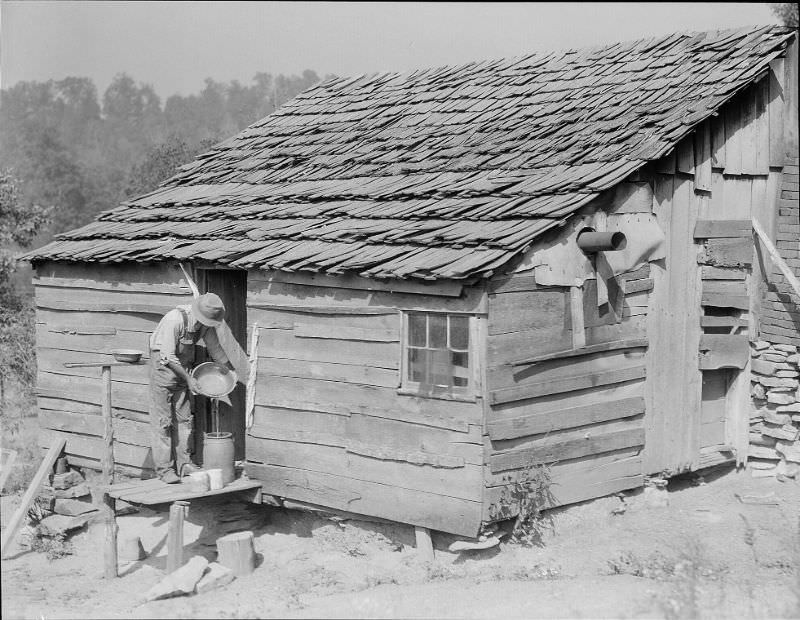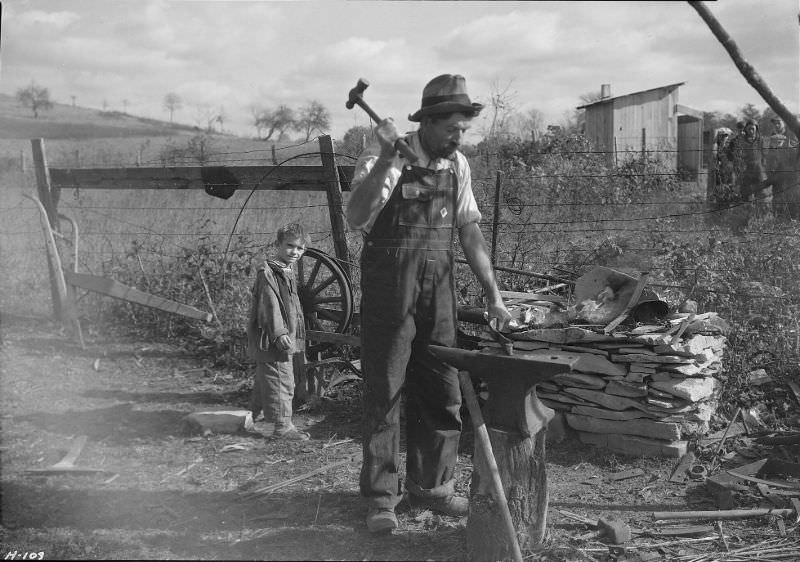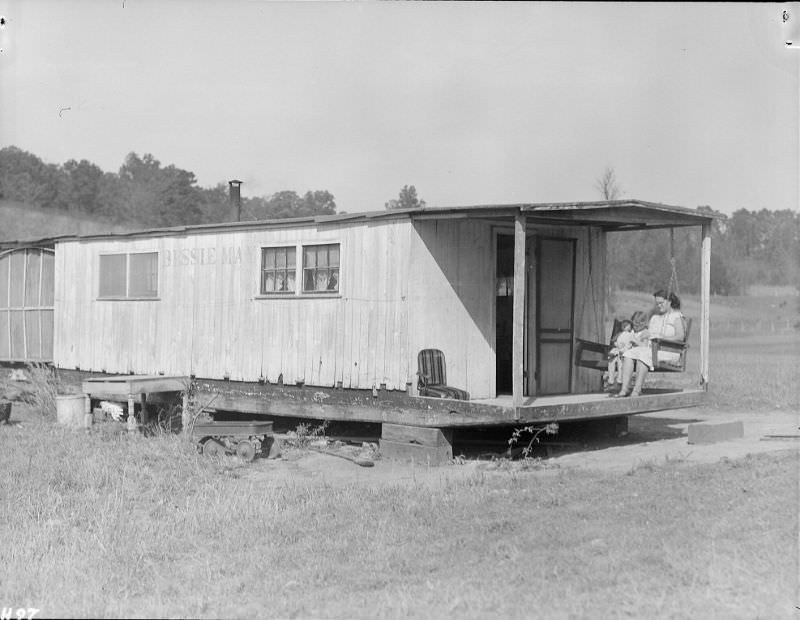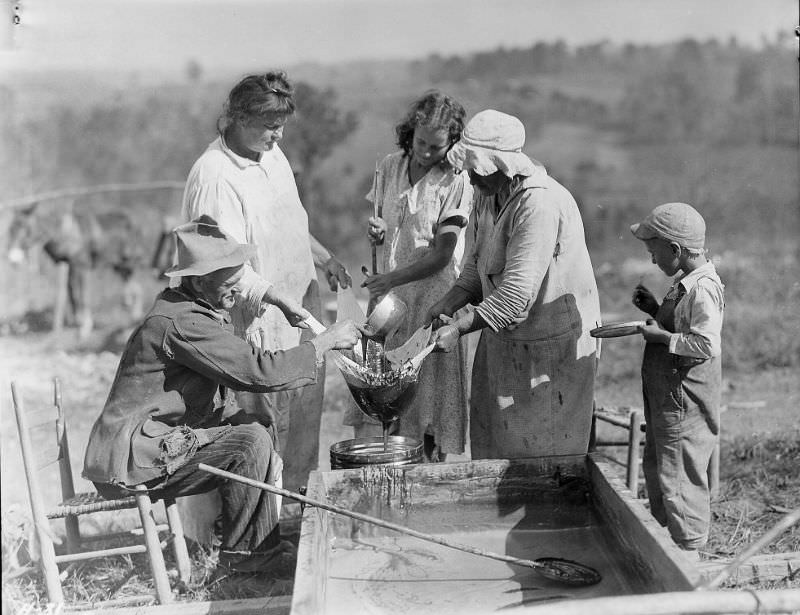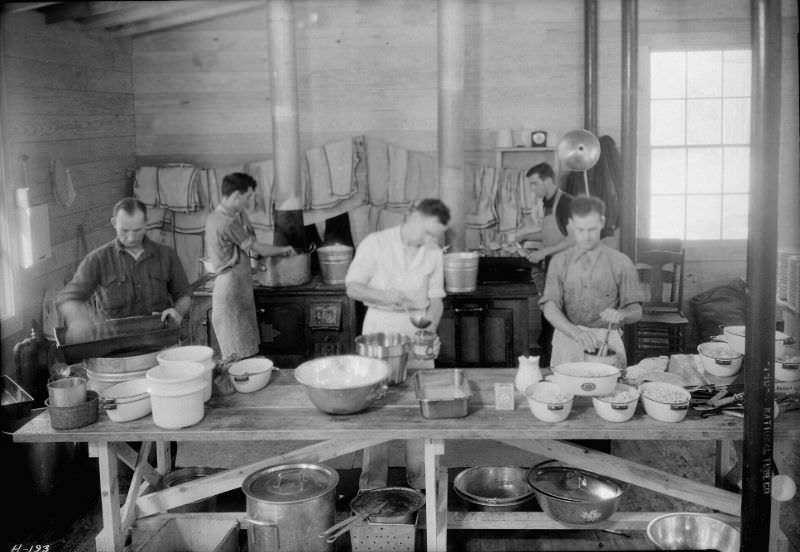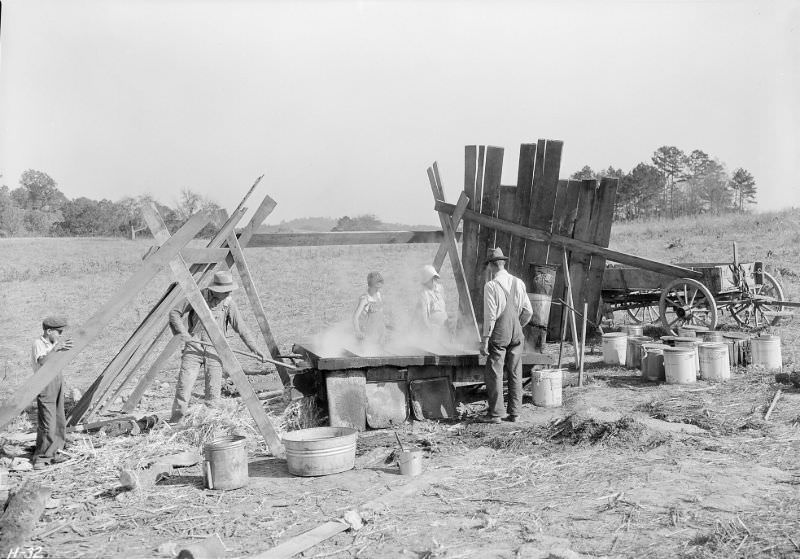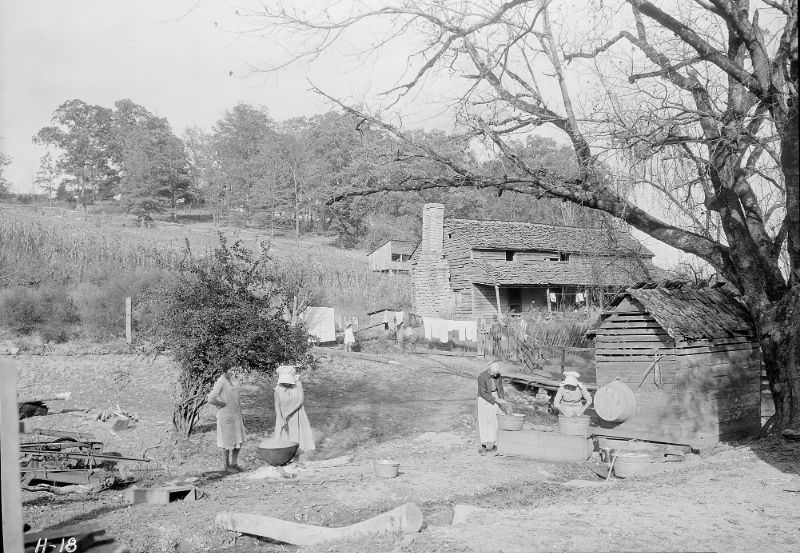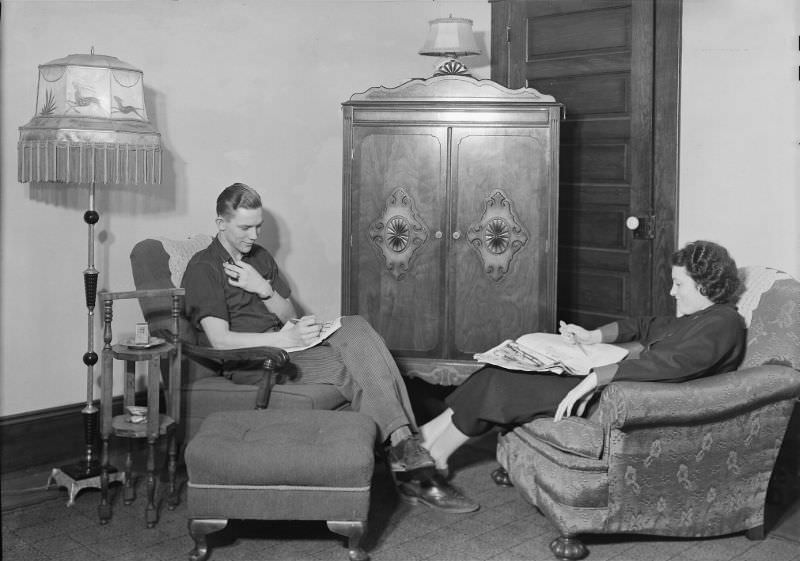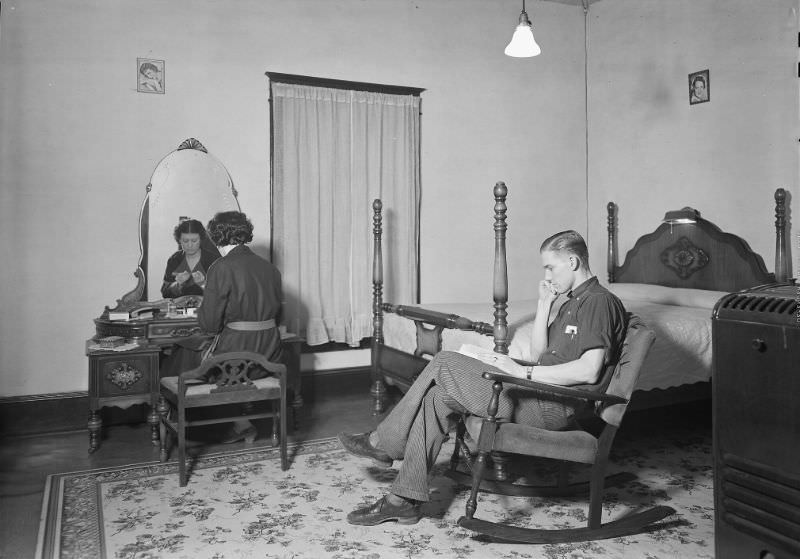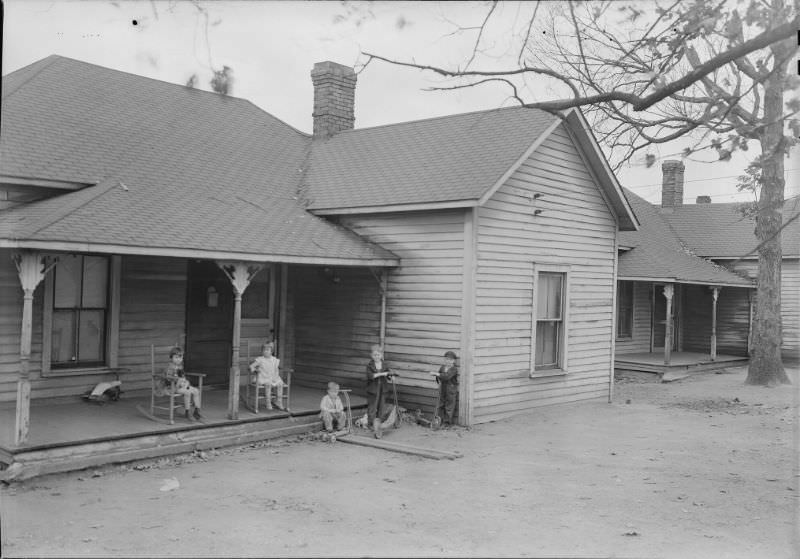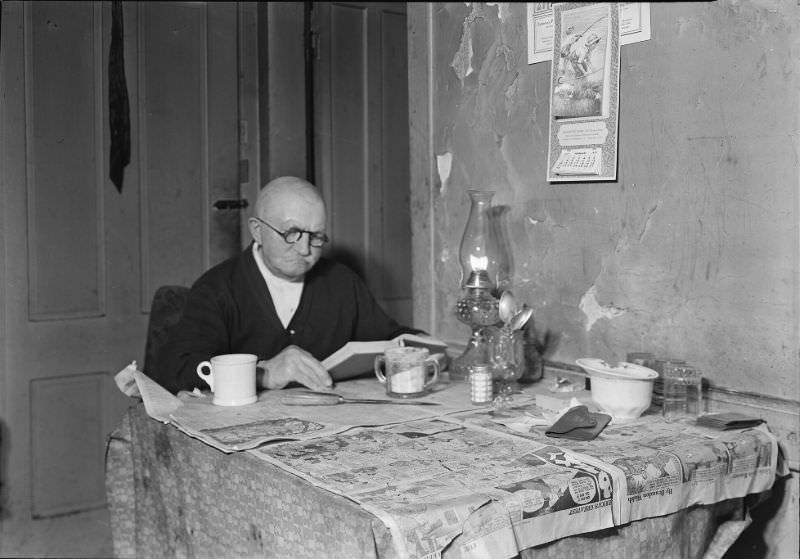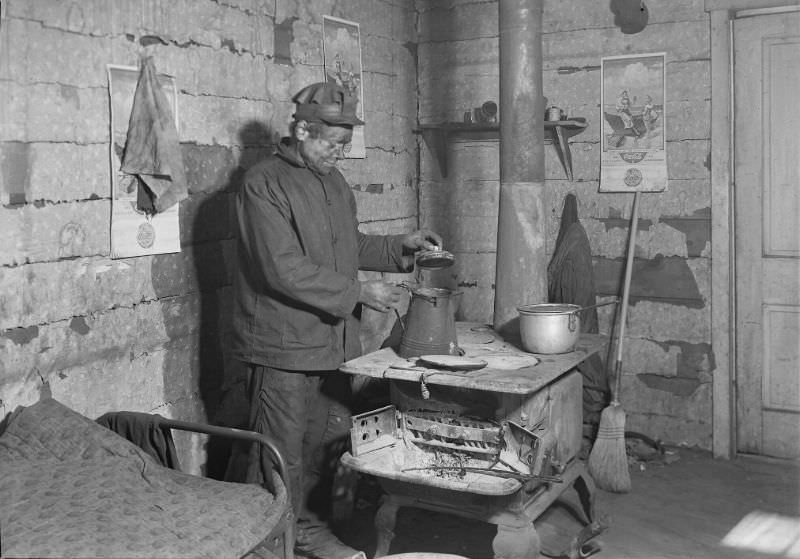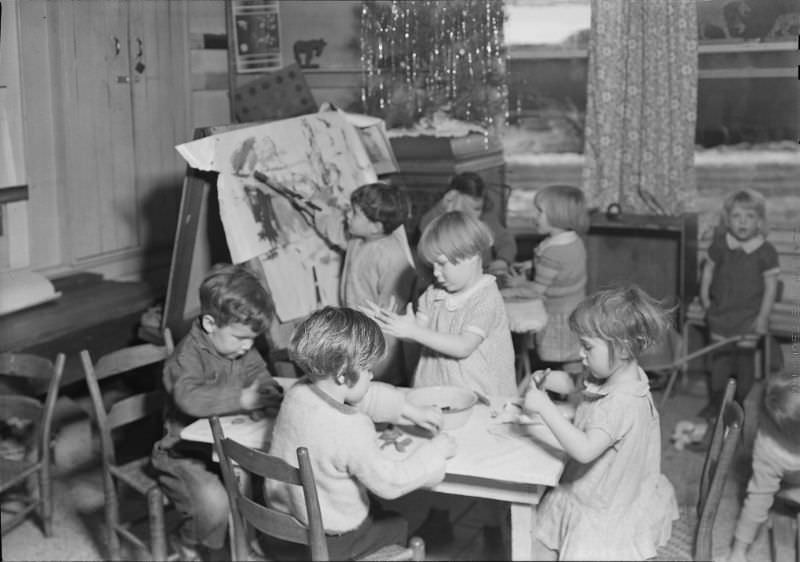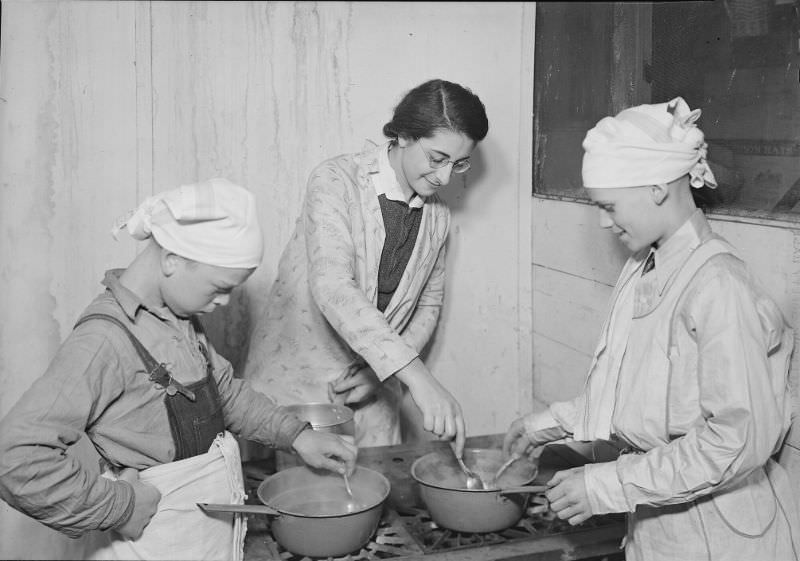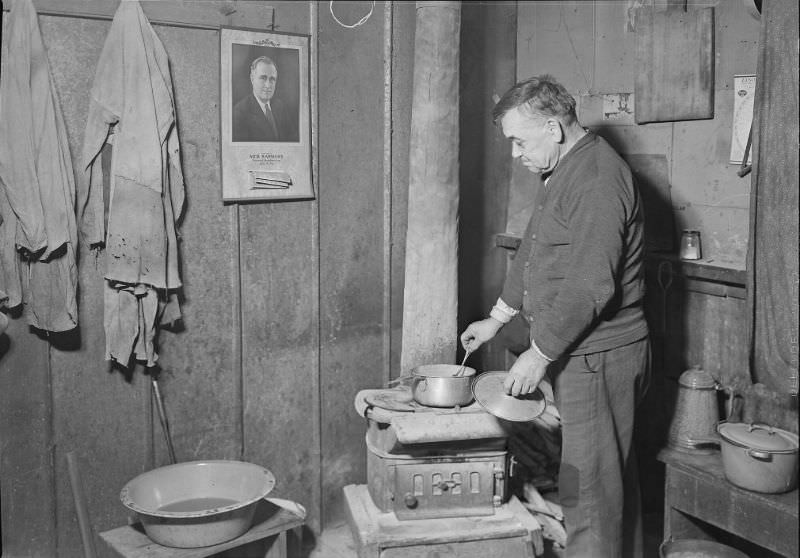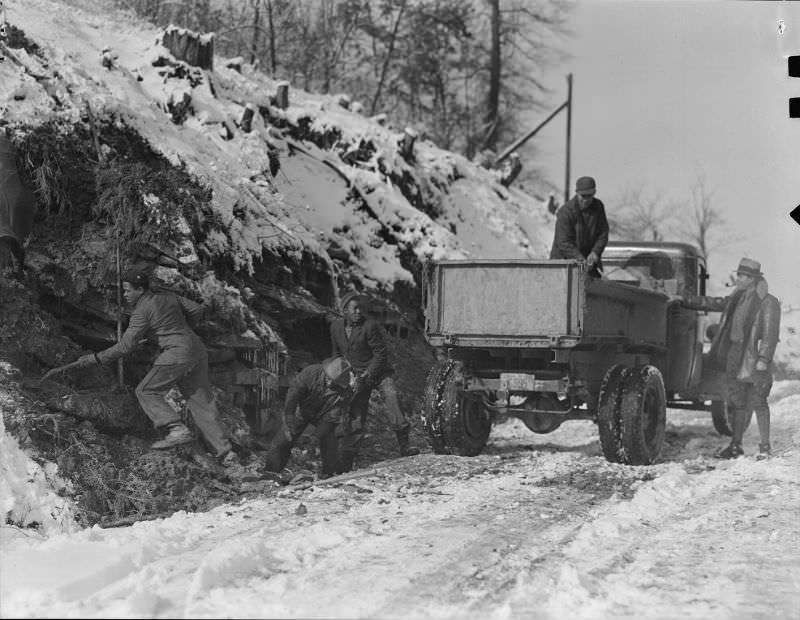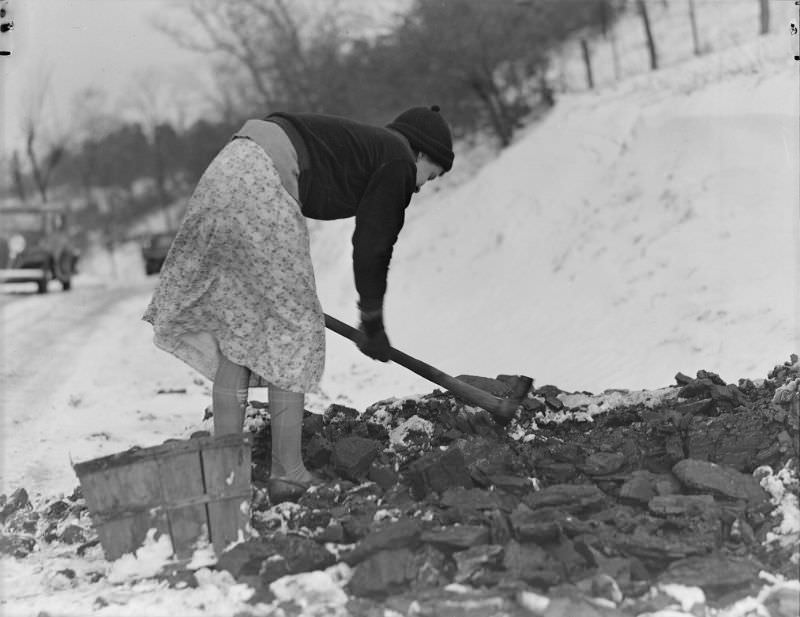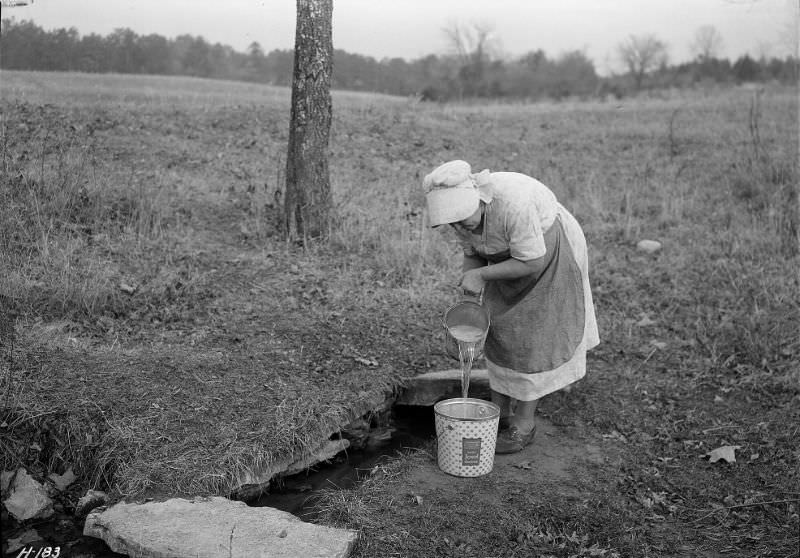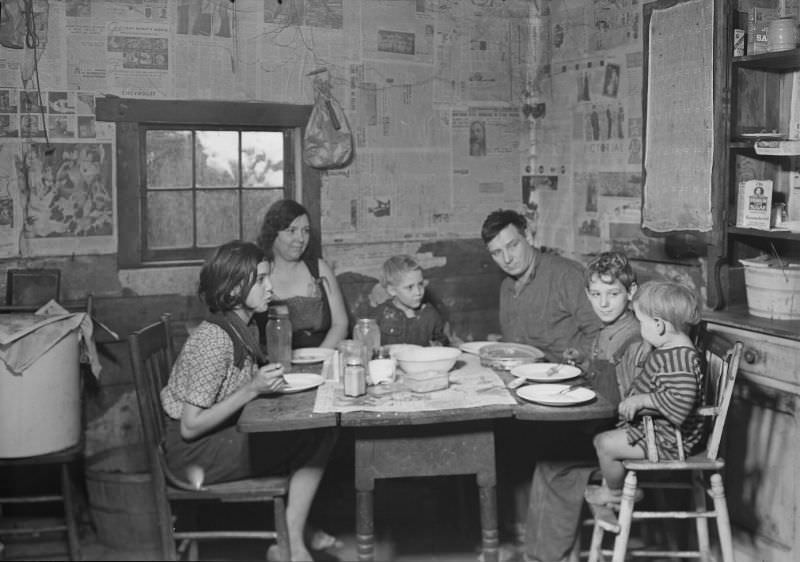Lewis Wickes Hine was an American sociologist and photographer who used his art to bring attention to social injustices. Hine’s photographs contributed to the change in laws governing child labor in the United States.
After studying sociology, Heine moved to New York to work at the Ethical Culture School, where he learned photography to improve his teaching techniques. From 1905 to 1912, he photographed New York’s Ellis Island immigrants and the sweatshops and tenements where they lived and worked. Hine served as a photographer for the Red Cross during World War I. In 1919, he published his photo story, The Children’s Burden in the Balkans, about his experience with the Red Cross after WWII.
Hine was hired to record the construction of the Empire State Building, then the tallest building in the world, after his return to New York City. He had himself suspended from a crane or equivalent device in a bucket or basket to get the proper angle while taking some of the photos of the skyscraper. His photographs published in 1932 were entitled Men at Work. In the years that followed, he documented several government projects.
Hine worked again during the Great Depression for both the American Red Cross and the Tennessee Valley Authority, photographing drought relief in the North and the mountainous regions of eastern Tennessee. Besides serving as chief photographer, he was also the project’s director. This study measured employment changes concerning changes in the industry. Hine was also a faculty member of the Fieldston School for Ethical Culture.


